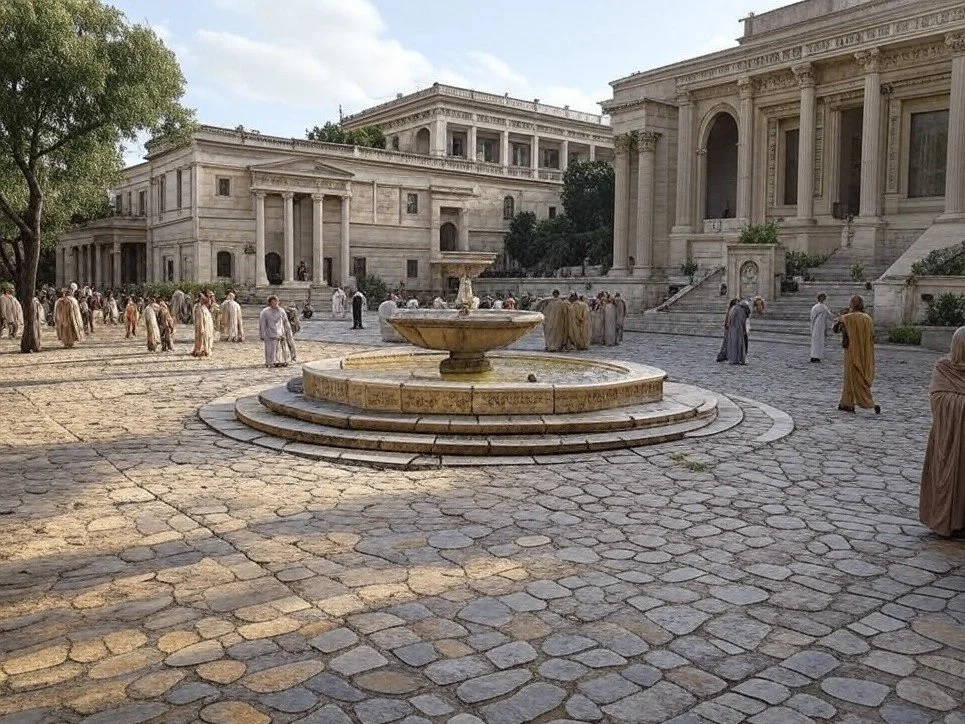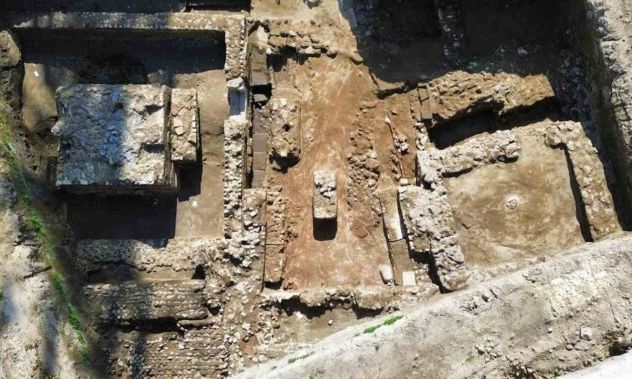Urban planning has been a vital aspect of civilization since ancient times, shaping the growth and functionality of early cities. Societies such as those in Mohenjo-Daro, Babylon, and Rome pioneered city layouts that incorporated infrastructure, zoning, and public spaces to support large populations and facilitate trade, governance, and daily life. Examining these ancient urban centers reveals sophisticated planning strategies that continue to influence modern city design.
Mohenjo-Daro: The Indus Valley’s Planned Metropolis
One of the earliest known examples of urban planning, Mohenjo-Daro (c. 2500 BCE) in the Indus Valley Civilization, was remarkably advanced for its time. The city featured a grid-like street layout, well-planned residential and commercial zones, and an extensive drainage system. Wide streets, standardized brick buildings, and public structures, such as the Great Bath, indicate that planners prioritized hygiene, order, and accessibility.
Babylon: The Walled Wonder of Mesopotamia
Babylon, a powerful Mesopotamian city-state, flourished under Hammurabi and later Nebuchadnezzar II. The city was famous for its massive walls, grand palaces, and iconic structures like the Hanging Gardens. A well-organized road network facilitated movement, while zoning separated residential, commercial, and religious areas. The Euphrates River, running through the city, played a crucial role in irrigation and trade, enhancing Babylon’s economic and strategic importance.
Rome: Engineering Marvel and Urban Efficiency
Rome’s urban planning set new standards in infrastructure and public amenities. The city’s road network, famously structured around the saying “All roads lead to Rome,” allowed efficient military and economic movement. Zoning laws designated areas for public buildings, temples, forums, and residential districts. Public spaces, such as the Colosseum and Roman baths, provided entertainment and social interaction. Additionally, aqueducts and sewer systems like the Cloaca Maxima ensured a steady water supply and sanitation, demonstrating Rome’s engineering ingenuity.
Conclusion
The ancient cities of Mohenjo-Daro, Babylon, and Rome exemplified early urban planning principles that balanced infrastructure, zoning, and public spaces. Their innovative layouts not only supported growing populations but also fostered economic and cultural development. The legacy of these ancient planners continues to shape the way modern cities are designed, highlighting the enduring importance of organized urban development.







